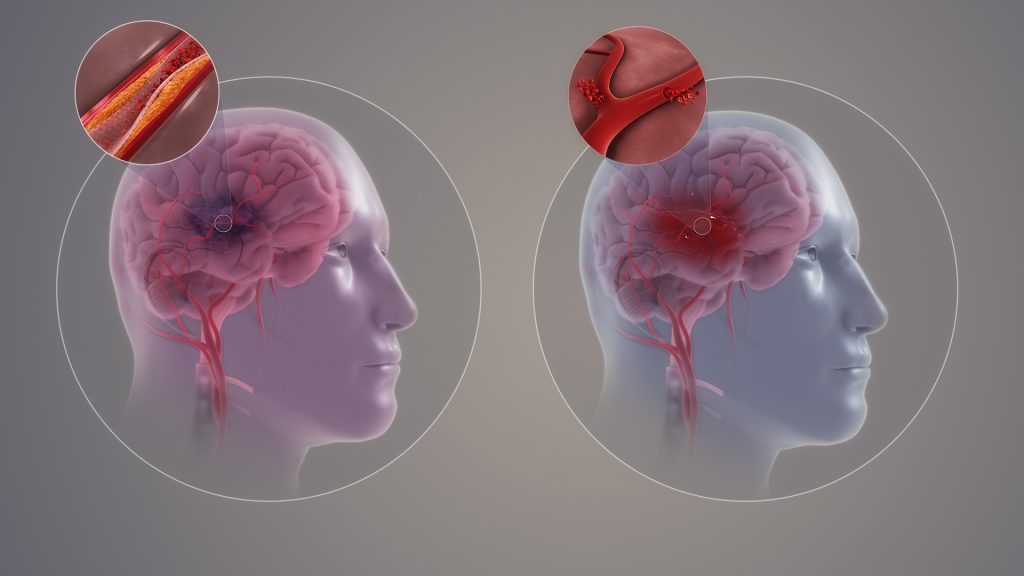Adcock Ingram Critical Care Partners with Global MedTech Giant Medline

Adcock Ingram Critical Care, a leading manufacturer and supplier of hospital and critical care products in Southern Africa, is taking another step towards improving patient care in the region through a strategic alliance with Medline.
Medline is one of the world’s largest manufacturers and distributors of medical supplies and services, with annual global sales in excess of US$23 billion. The partnership solidifies Adcock Ingram Critical Care as the exclusive distributor of Medline’s products in Southern Africa and is a testament to its commitment to provide quality products that improve the health and lives of people in the markets they serve.
Ranked as one of Forbes largest private companies, Medline delivers world-class products, robust supply chain resources and clinical practice expertise to clients in more than 125 countries. Medline’s innovative and cutting-edge MedTech portfolio includes more than 550 000 products, serving the entire continuum of care. Its extensive reach and product range have transformed healthcare delivery worldwide, making it a key player in driving efficiency and improving patient outcomes.
By partnering with Adcock Ingram Critical Care, Medline is bringing its global expertise to South Africa, strengthening the country’s healthcare infrastructure at a time when it is most needed.
“This is another milestone in our commitment to ensure that every South African can access the care they deserve. Together with Medline, we can help to build a stronger, healthier South Africa,” says Colin Sheen, Managing Director, Adcock Ingram Critical Care.
A Strategic Alliance with National Impact
For decades, Adcock Ingram Critical Care has been delivering essential medical solutions to the nation, from Medicine Delivery in Hospital Care to Renal Care, Transfusion Therapies, Infusion Systems and most recently Wound & Stoma Care. The strategic alliance with Medline will ensure expanded and continued medical access and support healthcare providers and patients across South Africa and Southern Africa.
“The Strategic Alliance with Medline is a significant milestone for us,” says Sheen. “This partnership will provide medical professionals across the country with access to world-class medical supplies and technology, empowering them to deliver better care and improved patient outcomes.”
Beyond its business scope and as part of its larger mission, Adcock Ingram Critical Care is connecting global medical innovations with local requirements, ensuring that hospitals, clinics, and healthcare providers – even in the most remote areas – have access to the essential tools needed to save lives.
“Adcock Ingram Critical Care’s knowledge of the South African medical sector, combined with Medline’s world-class products, creates a powerful synergy,” says Salam Hadla, Medline’s Vice President for the Middle East & Africa Region. “We are excited to partner with Adcock Ingram Critical Care to help advance care standards across Southern Africa. Our shared mission is to offer healthcare providers the highest quality products, ensuring better clinical outcomes and contributing to a stronger medical care system.”
Improving Healthcare for a Stronger Nation
South Africa is one of the largest medical technology markets in Africa and the Middle East, valued at over R21 billion in 2021 and projected to grow to R29.6 billion by 2025. As the demand for access to quality healthcare services increases, strategic alliances like Adcock Ingram Critical Care and Medline are vital in ensuring that healthcare providers are equipped at providing medical services and improving access in both urban and rural clinical settings.






